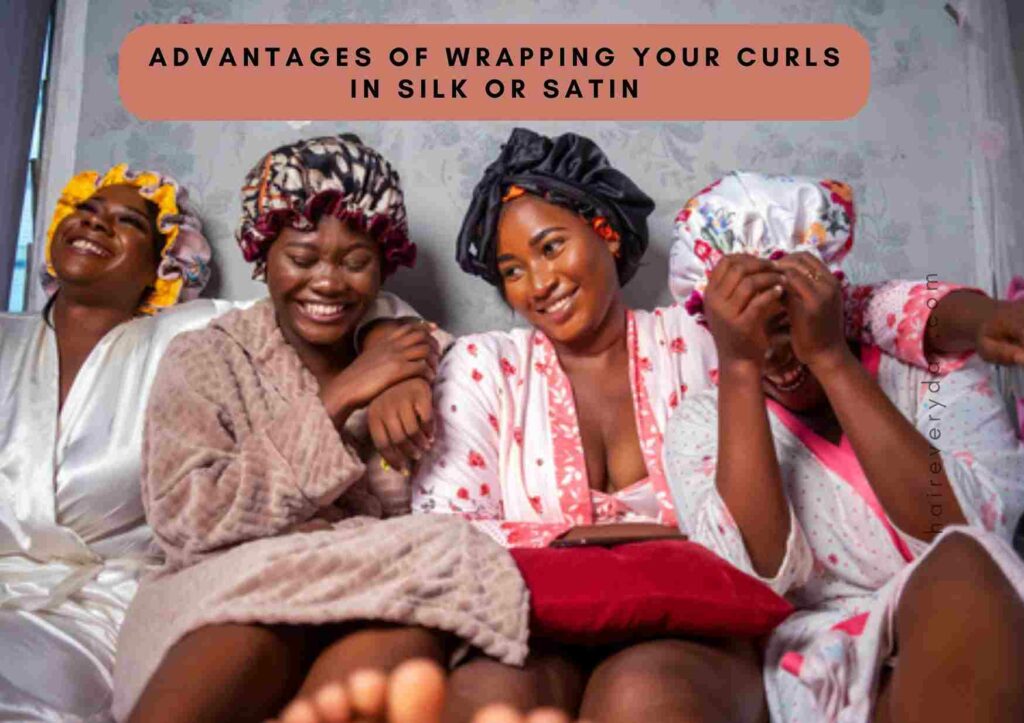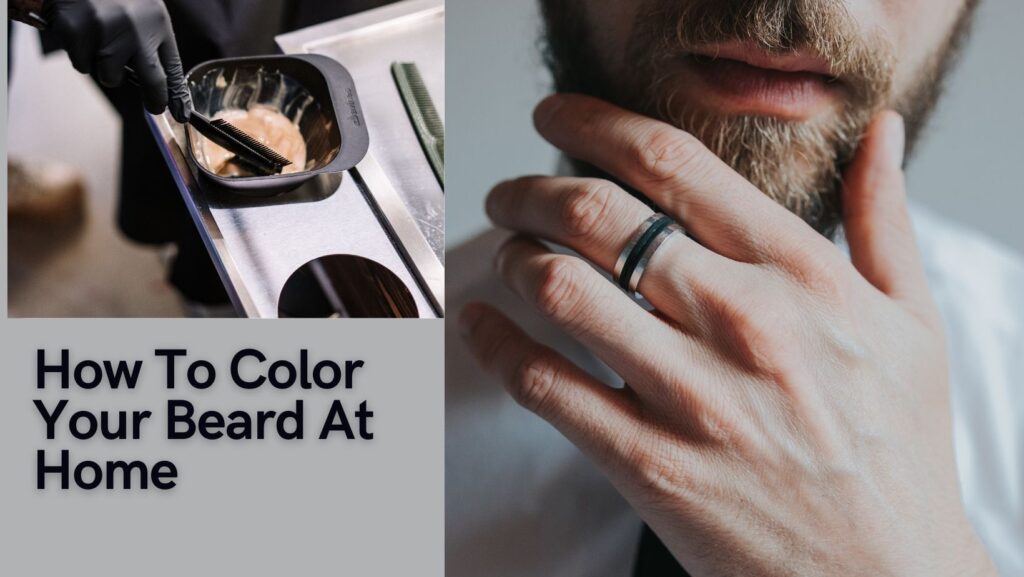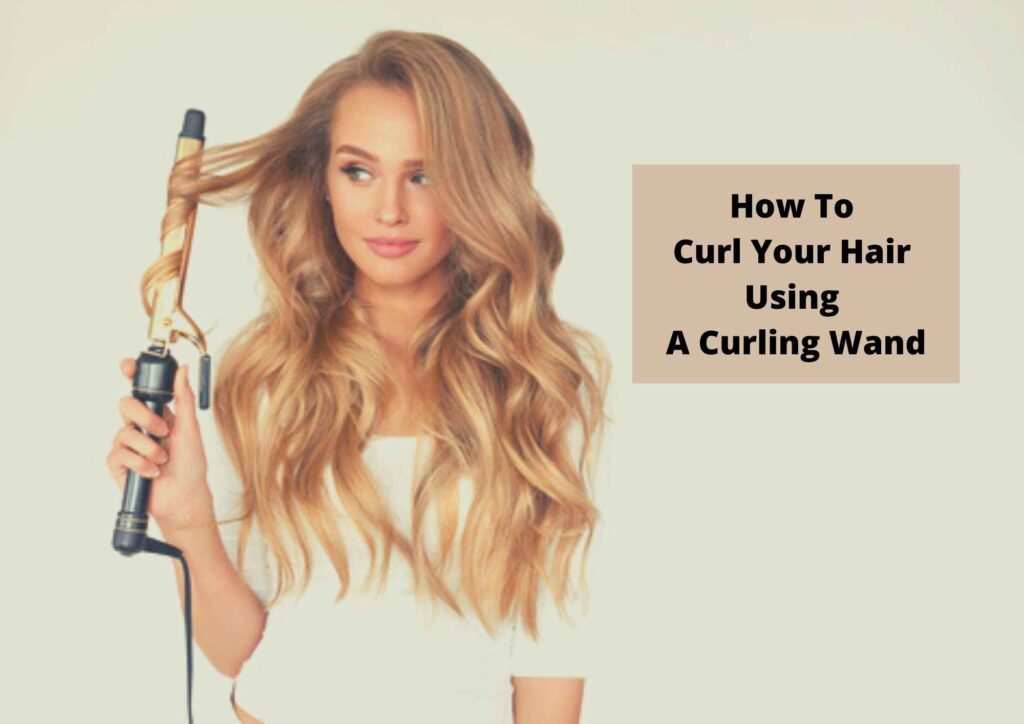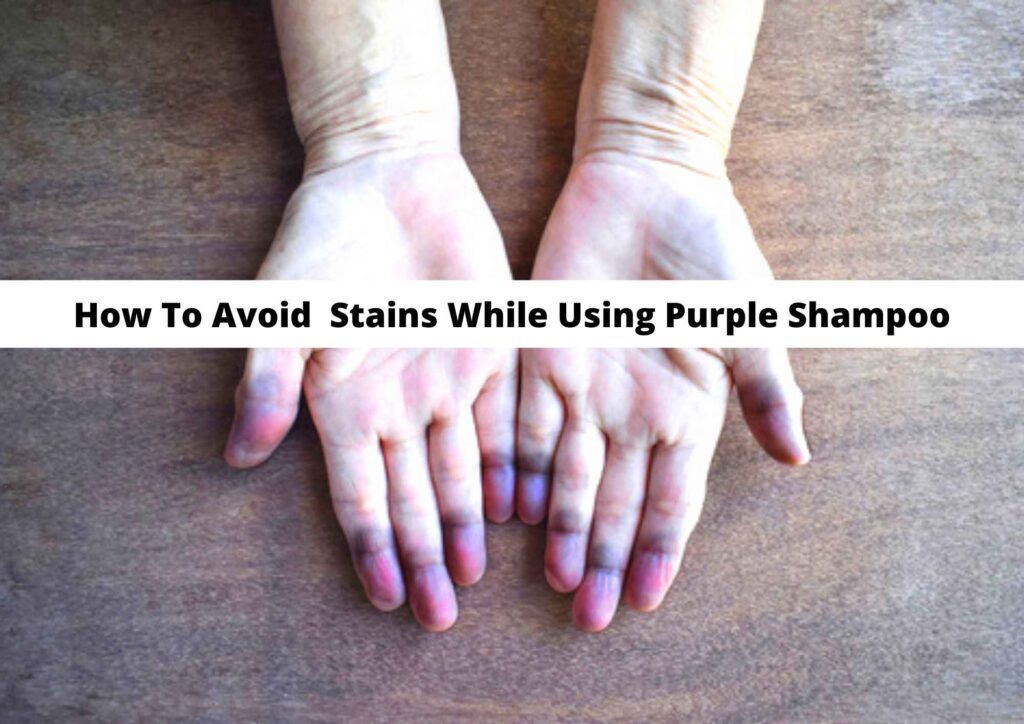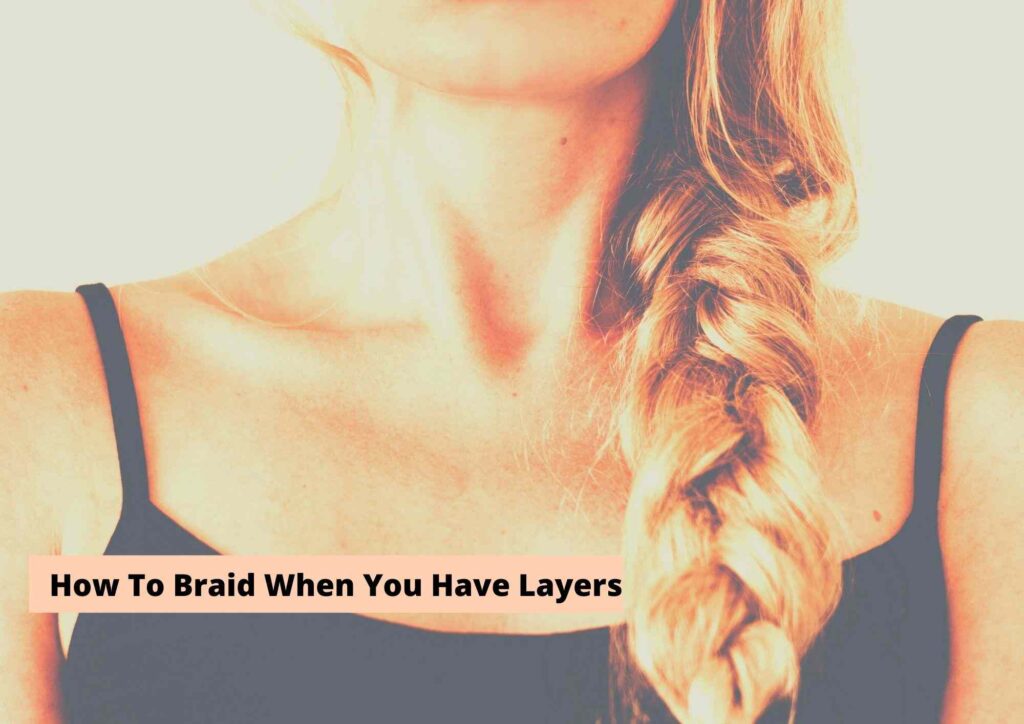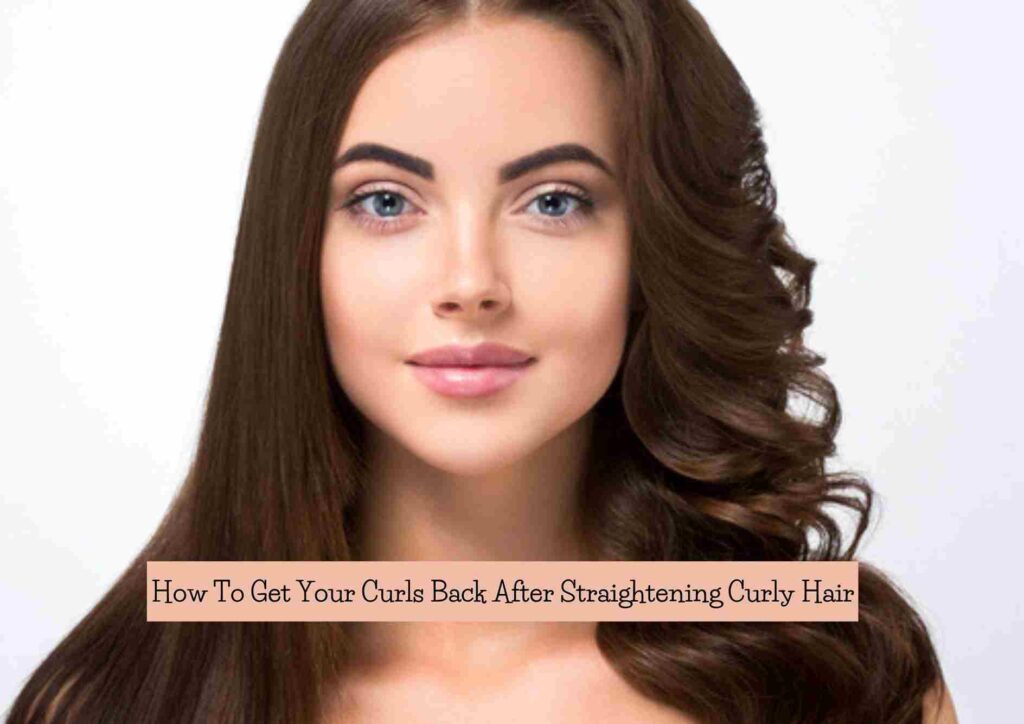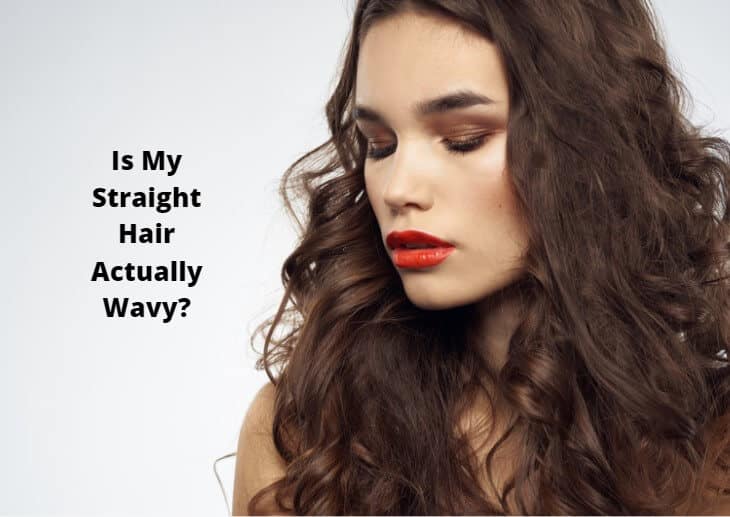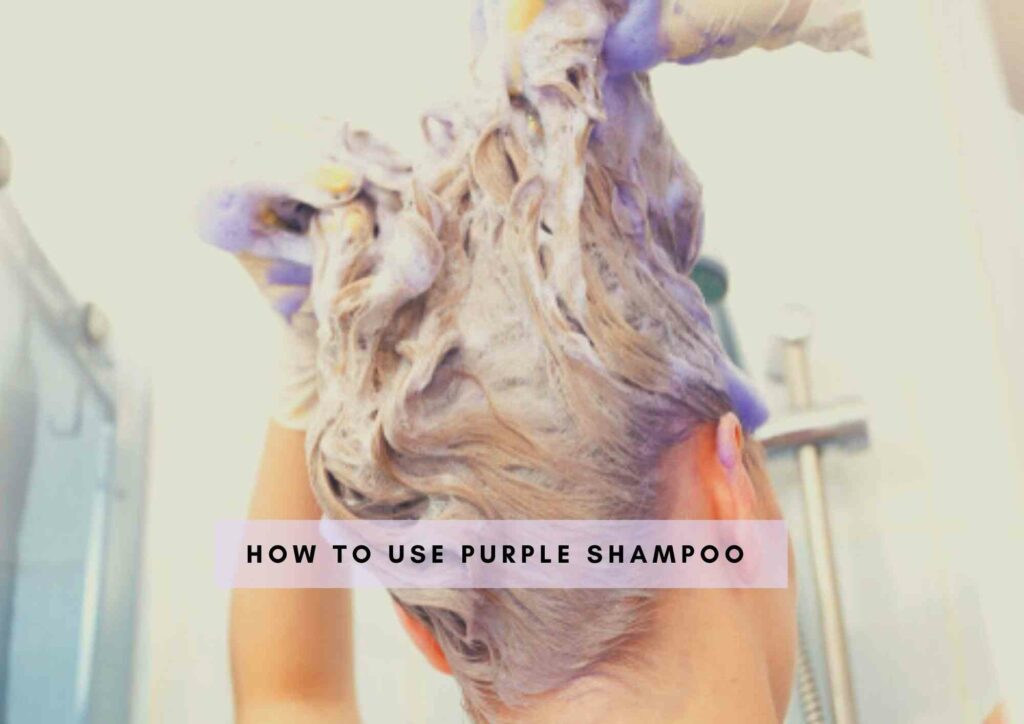If you have curly hair here are some benefits of wrapping curls in satin or silk. Getting a silk hair wrap for sleeping can help protect hair from breakage and tangles. Read on to know more!
Do you often wonder how some people maintain their curly locs so well that it makes you envy them really bad?
You may envy the fact that their locs look so luscious, well-moisturized and super smooth, while your curly locs do not have the same appearance.
Well, it is but natural to envy other people who have lovely and well-maintained hair, but guess what, you too can have hair just as perfect as theirs using this simple “satin hair wrap” technique.
If you’re wondering whether this a trend, or does satin hair wrapping actually work, well, let me break the good news to you – it does work!
So if you are someone with curly or kinky hair, then check out this article for everything you need to know about satin hair wrapping, how it will benefit your curls and of course the right hair wrapping method.
Check out all the details guys!
Why does curly or kinky hair require satin wrapping?

Satin wrapping of hair often includes using head scarves or bonnets. Very often people with curly or kinky hair often face the trouble of hair dryness, frizziness and tangles.
Some also wear protective hairstyles like braids, twists, buns, cornrows etc., and find them getting damaged when they sleep with them on.
Therefore, even though anyone with any hair type can use these satin pillowcases or bonnets while they sleep, most often these types of hair wraps are used by people with curlier or kinkier hair types because they are more prone to hair damage and other hair problems.
These satin hair wraps help keep away curly hair textures from various types of hair problems and can also help keep protective hairstyles in place.
Benefits of Wrapping Curls in Satin
1. It helps reduce hair frizziness
One of the main problems that curly hair types face is the fact that their locs get dry very easily. When the hair is dry and in addition to it, curly, well this just spells trouble!
So what goes wrong and how does the hair become frizzy? When we sleep and we tend to involuntarily move our head in our sleep, the hair strands begin to rub against each other creating a certain amount of friction.
When there is friction between the hair strands, it can wear off the outer protective layer of the hair, making it become frizzy.
Another way friction is often created between the hair strands is when we sleep on a pillow cover that is made of cotton. When our heads move over the pillow, the friction created will lead to hair frizziness.
When the friction is lesser, it will also make our hair feel smooth and look shiny. Therefore, using a satin hair wrap can help.
2. Helps promote hair shine
There are two reasons why satin wrapping your hair can help promote a better hair shine.
Firstly, it can help the scalp evenly distribute its natural oil, sebum, all over the hair, making it become smooth and shiny.
Also, when the hair is wrapped, it will reduce hair dryness and make the hair feel soft, retaining its natural sheen.
3. Promotes rehydration of the hair
When we sleep our bodies work on repair and rejuvenation. Therefore, even our hair gets time to rejuvenate itself.
It is known that our scalps produce its natural hair oil called sebum, which helps keep our scalp and hair well-moisturized and nourished.
During the day, these oils get depleted. When we sleep on a cotton pillow cover, the natural oil from our hair gets absorbed by the cotton fabric and makes our hair become dry.
Therefore, using a satin hair wrap can help keep the hair oil contained within the scalp and hair, making it spread over the hair strands more easily.
This will help keep the hair well-nourished and sufficiently moisturized for a longer time.
4. Reduces the tangles on the hair
Well curly haired people, let’s be honest here – getting rid of tangles can be a nuisance!
Most often curly hair is prone to becoming dry and frizzy and this makes it even easier for tangles to form.
See, when we move our heads in our sleep, there can be greater chances of tangle formation.
So if you’re covering your head in a satin head wrap or bonnet, you can continue to move comfortably in our sleep without any worry about our hair becoming tangled.
- Related: Why Has My Hair Texture Changed From Curly To Straight
- Related: How To Get Your Curls Back After Straightening
- Related: How To Style Curly Hair With Gel
5. Keeps damage away from protective hairstyles
Many people with curly or kinky hair often wear protective hairstyles like buns, braids, hair twists etc, so they can preserve and protect their natural hair from severe external damage.
But when we go to sleep with a protective hairstyle on, the movement of our heads in our sleep can ruin these hairstyles in no time. Therefore, using a satin head wrap will help protect these hairstyles.
Also, it will help maintain one’s curl pattern for those who do have any protective hairstyle on, failing which the typical hair strand spirals can lose its natural shape over time due to friction and tangling.

6. Reduces the need for frequent hair washes
For those with curly hair, you will often find the need to wash your hair often because your hair is dry and you may use external sources of moisturization causing hair and scalp buildup.
This makes the hair feel greasy and weighed down.
So when you cover your head with a satin head wrap, the hair’s natural oils get retained on the hair and it will reduce the necessity of requiring you to use external sources of moisturization too often.
This will help reduce the amount of product buildup that collects on your scalp and hair, which means you can wash your hair less frequently and make use of a dry shampoo to go longer between washes.
How To Do A Silk Hair Wrap For Sleeping
Most often people with curly or kinky hair use a hair bonnet. A bonnet is like a head cap, but made of soft satin fabric.
It is very simple and easy to use and therefore, most often people choose wearing a ready-made hair bonnet over a scarf.
So if you do wish to wear a scarf, then all you have to do is follow these simple steps to tie the scarf onto your head.
Step 1: Make sure to detangle your hair
There are two important steps you need to consider before tying your headscarf. Firstly, your hair has to be completely dry.
So if you have just had a head bath and your hair is still damp, then do not wear your headscarf until your hair has dried up completely.
Then, make sure that you have very carefully detangled your hair, so that it is fully knot-free.
So you need to use a wide-tooth comb (because it makes the detangling process super easy without causing too much hair damage) and start at the bottom, working your way towards the top when detangling your hair.
Lastly, if you have longer hair that will not completely fit into the scarf, then gently tie it up into a loose bun, braid or ponytail.
Step 2: Folding your scarf
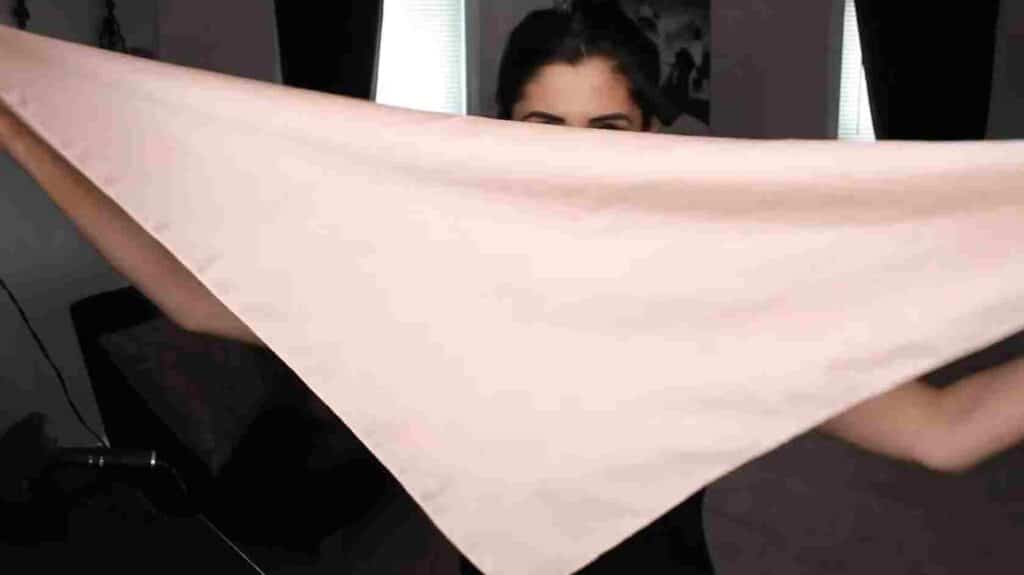
Once your hair is ready to be tucked away into the scarf, begin to set your scarf by folding it in the right way.
Make sure to use only a satin (or silk) scarf that is at least 28 X 28 inches in length and breadth. Usually the standard size people buy is around 35 X 35 inches in length and breadth.
Place the scarf open on a flat surface and then fold it into half to form a triangle.
Step 3: Wrapping your hair

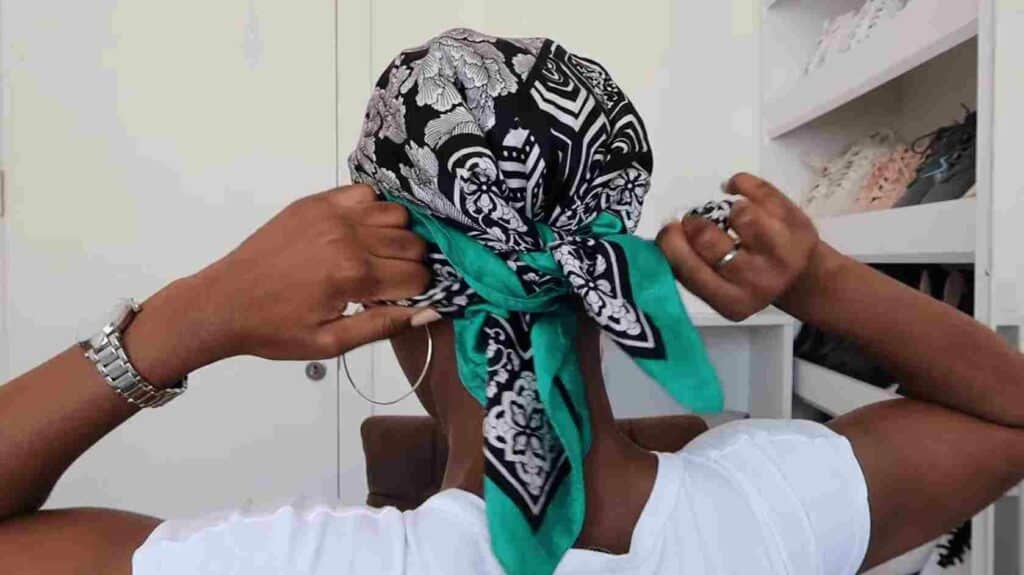
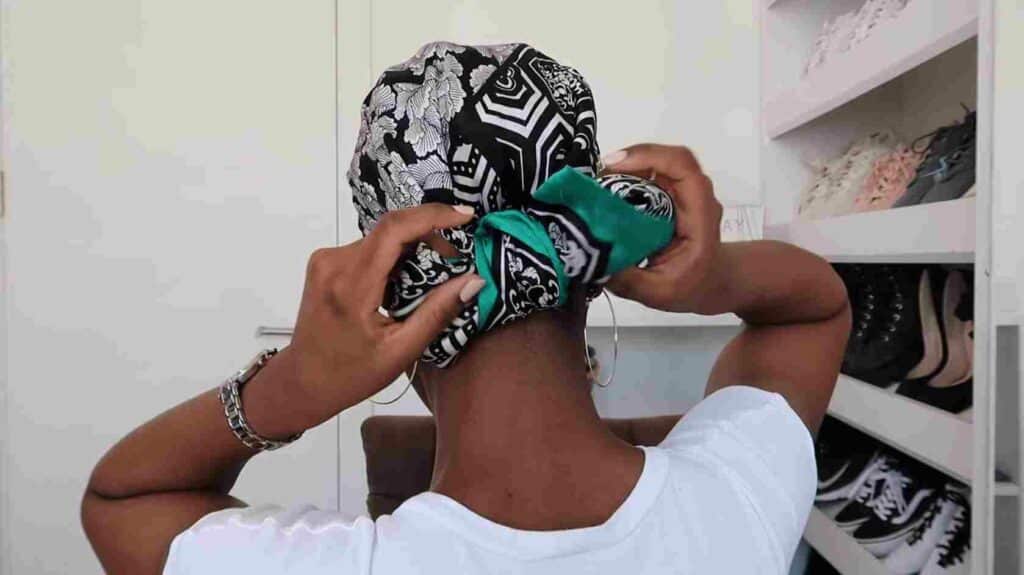
Once you have formed the triangle, lift the scarf off the flat surface and place the long side of the scarf over your forehead, while the triangular portion of the scarf covers your hair.
It is important that the scarf is long enough to cover all your hair and at least reach the base of your neck.
Make sure that all your hair has been tucked in properly.
Then, use the long ends of the scarf to tie a loose knot at the side of your head to fasten the scarf and secure it over your head.
How To Tie A Hair Wrap For Sleeping With Curly Hair
Tying a hair wrap or using a satin or silk scarf to protect curly hair while sleeping can help prevent frizz, maintain moisture, and preserve your curls. Here’s a step-by-step guide on how to tie a hair wrap for sleeping with curly hair:
- Start with clean, moisturized hair: Wash and condition your hair as usual, and apply your preferred leave-in conditioner or moisturizer to ensure your curls are well-hydrated before wrapping them.
- Prepare your hair wrap: Choose a satin or silk scarf that is large enough to comfortably cover your entire head. Fold it into a triangle shape, so you have a long strip of fabric.
- Position the hair wrap: Place the triangle-shaped scarf over your head with the pointy end facing forward and the longest side hanging down your back.
- Gather your hair: Bend forward at the waist and flip your hair forward, allowing your curls to fall naturally. Use your hands to gather your hair at the nape of your neck, ensuring all the hair is inside the scarf.
- Secure the hair wrap: Take the two longest ends of the scarf and cross them over each other at the nape of your neck. Bring them up towards the crown of your head, and tie them in a secure knot or a bow if you prefer.
- Adjust for comfort: Gently pull the scarf towards the front to ensure it covers your hairline and edges without being too tight. Make any necessary adjustments to ensure the wrap is comfortable for sleeping.
- Sleep with the hair wrap: Once the hair wrap is securely tied and comfortable, you can go to bed and enjoy a restful sleep while protecting your curly hair.
In the morning, simply untie the scarf and let your curls loose. You may need to refresh and restyle your curls as desired using a little water, leave-in conditioner, or a lightweight curl refresher spray.
Remember, using a hair wrap or scarf to protect your curly hair while sleeping is just one of many techniques you can try. It’s important to listen to your hair’s unique needs and adjust your nighttime routine accordingly to maintain healthy and defined curls.
Does satin absorb oil from hair when I use a hair wrap while sleeping?
Satin is a smooth fabric that is known for its ability to reduce friction and help retain moisture in the hair. Unlike cotton or other absorbent fabrics, satin does not absorb oils from the hair as readily. Therefore, when using a satin hair wrap while sleeping, it is less likely to absorb the natural oils or moisture from your hair compared to other materials.
This can be beneficial for individuals with curly or textured hair who want to preserve their natural oils and moisture levels overnight. Satin helps to minimize friction and friction-related damage, such as frizz and breakage, while allowing the hair to maintain its natural oils and moisture balance.
So, when using a satin hair wrap, you can rest assured that it is unlikely to absorb significant amounts of oil from your hair, allowing your curls to remain moisturized and healthy. It’s important to note that individual hair types and preferences may vary, so it’s always a good idea to experiment and see how your hair responds to different materials and sleeping techniques.
Frequently Asked Questions (FAQs) about hair wrapping
1. Can we use silk instead of satin for hair wrapping?
A lot of people have this doubt, especially because both satin and silk materials seem very close in texture and feel.
Well, the material silk is just as good as satin. It does give the hair breathing space and its soft fabric can give you just as much comfort as using satin.
The only reason many people choose not to use silk is because it is made of animal protein fiber, unlike satin that is not a natural fiber. Also, silk is quite expensive to buy as compared to satin, because of the same reason.
2. Are there any other solutions if I do not feel comfortable wrapping my hair?
Well, most often bonnets or satin/silk wraps do not cause much of a discomfort especially once you get used to sleeping with your hair wrapped.
But if you’re an exception and still find that you are uncomfortable, then you can choose to sleep on a satin or silk pillow cover, so you can at least gain some if not all the benefits of satin hair wrapping.
The final takeaway on wrapping curls in silk or satin
So all you curly haired people out there, I hope this article has answered all your questions about hair wrapping and why should you do it too!
Hair wrapping is often a well-guarded secret by most curly haired people who have super luscious locs.
Well, since you’ve now been let in on this simple secret, start hair wrapping and you’ll soon be on your way to getting those lovely curls sooner!
Why You Should Trust Haireveryday?
The author of this article, Leah Marie Priest has a degree in Cosmetology with years of experience in dealing with hair care, scalp care, and hairstyling. As someone who extensively deals with all kinds of hair textures, products, styling methods and more, hair Leah Marie knows what kind of products and procedures suit each hair type and person. We have also tested these hair products and processes ourselves to provide you an unbiased review about every product. Each of our articles are also reviewed by a team of medical professionals so that you get the most accurate and expert-reviewed information.
Also Read:
Why Do My Curls Look Wet After Drying
How To Get Rid of Frizzy Curly Hair
How To Get Volume in Curly Hair Using Clips
Reasons Your Hair Won’t Hold Curls Anymore
To Summarize

